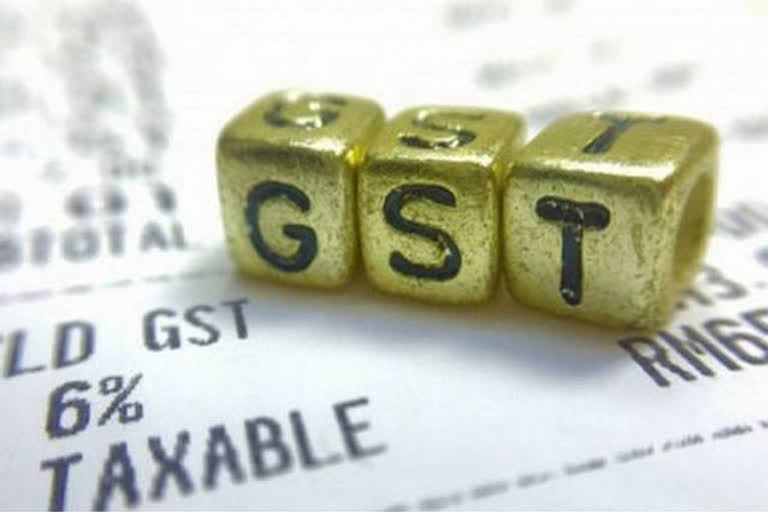New Delhi: In an official communication, the Centre on Saturday set out detailed terms and conditions for States if they want to borrow from the market to meet any shortfall in their revenue collection this year as it expressed its inability to pay the GST compensation dues on the bi-monthly basis this year. Under the GST (Compensation to States) Act of 2017, the Centre is duty-bound to compensate States for a period of five years if they incur any loss in their revenue collection following the implementation of GST in July 2017.
The Centre was able to meet its obligation in the first two fiscals, FY 2017-18 and 2018-19. Also, it was able to manage the payments in the last fiscal by utilising the surplus of the previous two years and by transferring an amount of over Rs 33,400 crores from the IGST balance parked in the Consolidated Fund of India (CFI).
However, the Centre is not able to pay an amount of Rs 1.5 lakh crores that has become due in the first four months of this fiscal and it called a meeting of the GST Council to discuss and find ways to sort out the problem.
The problem of shortage of funds faced by States on account of the adverse economic impact of Covid-19 pandemic also worsened because of on-payment of GST compensation dues by the Centre for the last four months.
Widening gap between Cess collection & GST compensation dues
The Centre has estimated that there will be a huge gap between this year’s GST compensation payment requirements and GST Cess collection.
According to an estimate by the finance ministry, this time GST Compensation payment requirement will touch Rs 3 lakh crore against the projected annual GST cess collection of nearly Rs 65,000 crores. It will leave a gap of nearly Rs 2.35 lakh crores.
However, the Centre has estimated that out of this massive shortfall of Rs 2.35 lakh crore in GST Compensation payment requirements and the cess collection, a shortfall of little over 41% or Rs 97,000 crore will be attributable to the implementation of GST in 2017 and the remaining shortfall of Rs 1.38 lakh crore or over 52% of the shortfall amount will be attributable to the impact of the Covid-19 global pandemic.
Two options before the States
Following the 41st meeting of GST Council on Friday, the Centre sent detailed terms and conditions to States on Saturday about the two options offered to them in the meeting.
First GST option and its terms and conditions
Under the first option, States can borrow an aggregate amount of Rs 97,000 crores under a Special Window coordinated by the Ministry of Finance. The Centre said it will try to ensure a steady flow of resources similar to the flow under the GST compensation on a bi-monthly basis and keep the cost of loans close to G-Secs. It also showed a willingness to bear the margin between G-Secs and interest rate for the loans taken by States to the tune of 50 basis points through a subsidy.
The Centre will also give special borrowing permission to States under Article 293 for this amount which will be over and above any other borrowing limit set by the department of expenditure.
The Centre said States will not be required to service the debt or to repay it from any other source and both interest and principal will be paid from the GST Cess collected by the Centre, the collection of which will be extended beyond the five year transition period.
The Centre also promised to relax the borrowing limits of States set under the FRBM Act.
“The borrowing under the Special Window will not be treated as a debt of the State for any norms which may be prescribed by the Finance Commission etc,” said the finance ministry in its letter to States.
Second GST option and its terms and conditions
Under the second option, the States can borrow the entire shortfall of Rs 2.35 lakh crores expected in this fiscal in their revenue collection, including the shortfall of Rs 97,000 crore on account of GST implementation and Rs 1.38 lakh crore shortfall caused due to adverse economic impact of Covid-19 pandemic.
The borrowing will be through the issue of market debt and the Centre will issue an order committing it to the repayment of the principal amount.
In this option also, the Centre will relax the borrowing limits set under the FRBM Act while still linking some of the relaxations to the implementation of some reforms by the States.
The main difference between the two options is that in the first option the Centre will pay both principal and interest while in the second option, the States will get to borrow more but the Centre will only pay the principal amount and States will have to pay interest from their own resources.
Also Read: GST compensation: States should reject options given by Centre, says Chidambaram




